
Alpine landscapes can be some of the most pristine and majestic vistas in the world. That’s what photographer Walter Niedermayr remembers from his childhood in northern Italy. But, like the pictures that he makes — which he has long created in serial form, rather than as single images — those mountains are part of something larger, something that can be reframed.
“I remember how it once was. You wouldn’t find many people on the mountains,” Niedermayr tells TIME, in an email translated from German. “From a spatial point of view, everything is perpetually changing: people and fashions as well, especially in the world of tourism.”
Niedermayr began photographing mountainous landscapes and the skiers who inhabit them in the 1980s. More recently, that work has taken him to Aspen, Colo., and his images of those mountains will soon be available in book form as The Aspen Series (out March 31 from Hatje Cantz). The photographer — who now prefers cross-country skiing to downhill — is fascinated by man-made landscapes and the way they are presented in media images, a process that transforms the ancient slopes into modern resorts. It’s no longer enough for a mountain to be sublime: it must attract tourists. And in Niedermayr’s photographs, those visiting skiers become graphic objects on the man-made planes of the trails, paused in their motions, symbols of human influence on the land.
Not that Aspen and the Alps are one and the same: the arid climate of the Rockies creates powdery snow, and the skiing culture is also lighter, more relaxed. In addition, Aspen’s history as a mining area provided an extra layer of meaning to a body of work that focuses on the way people alter their environments. “The native inhabitants, the Ute people, had a respectful use of the landscape; the miners later on introduced a very utilitarian notion of landscape,” says Niedermayr. “The subsequent decline of mining in the ‘30s paved the way for Aspen to become one of the most modern ski resorts in the world.”
But, Niedermayr says, the mountains have begun to resemble each other. Globalization has made it possible for resorts and skiers alike to model themselves on images they’ve seen from elsewhere in the world, another example of the transformation the photographer has seen in the landscapes themselves. It’s a march toward uniformity — still, his photographs make clear that the landscapes and their inhabitants are not just a clean white background with people-shaped dots, the same all over the world. If you can look at it as Niedermayr does, from “the opposite slope,” you may see something new.
“My work appears to be obvious at first glance, but then there are different levels of perception, jarring elements between the pictures, repetitions, overlapping layers, different perspectives, and temporal shifts,“ he says. “It oscillates between the beautiful appearance of a so-called reality and the reality of the image.”
Walter Niedermayr is an Italian photographer. The Aspen Series is available March 31st from Hatje Cantz.
Lily Rothman is a writer and producer for TIME.
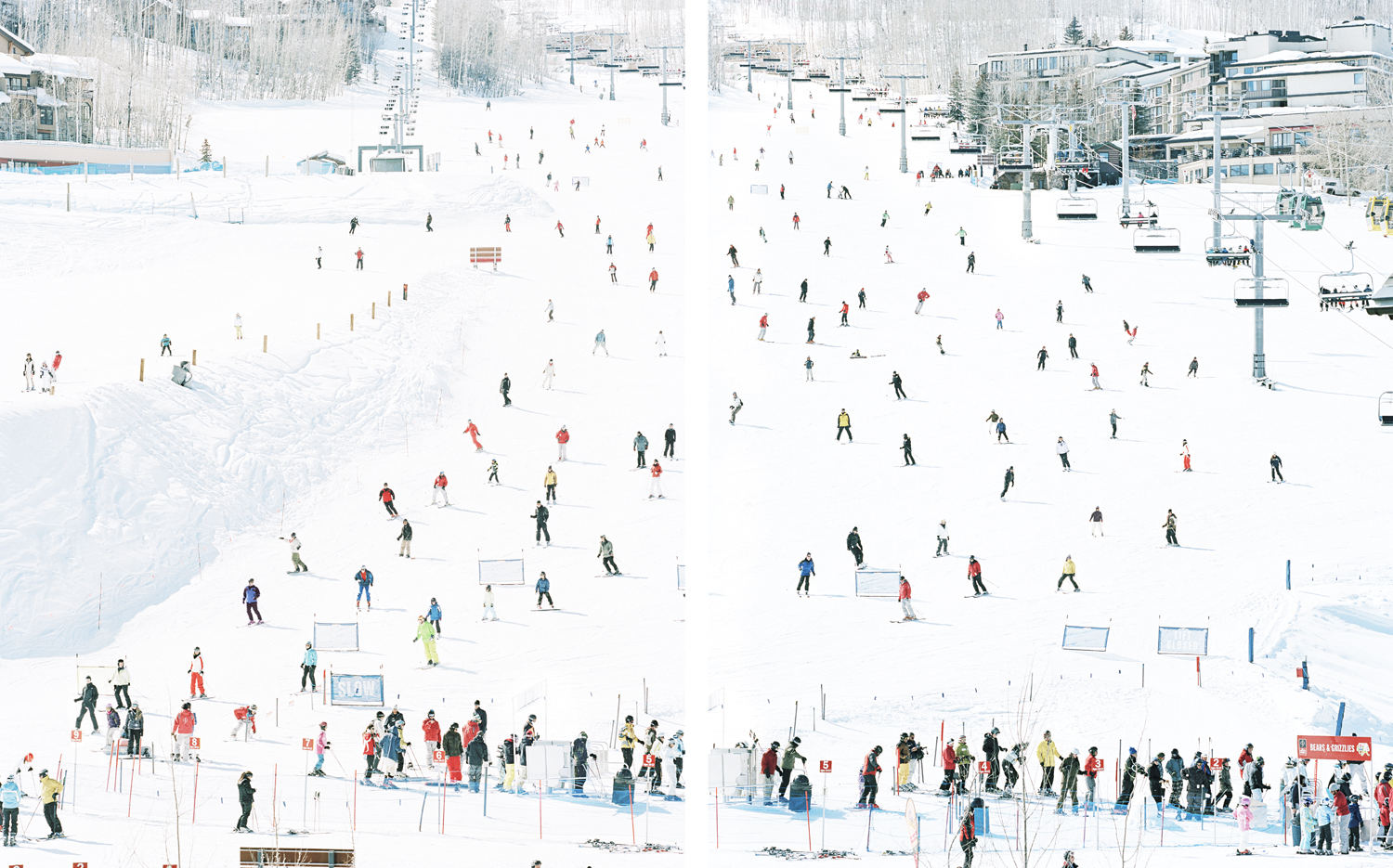
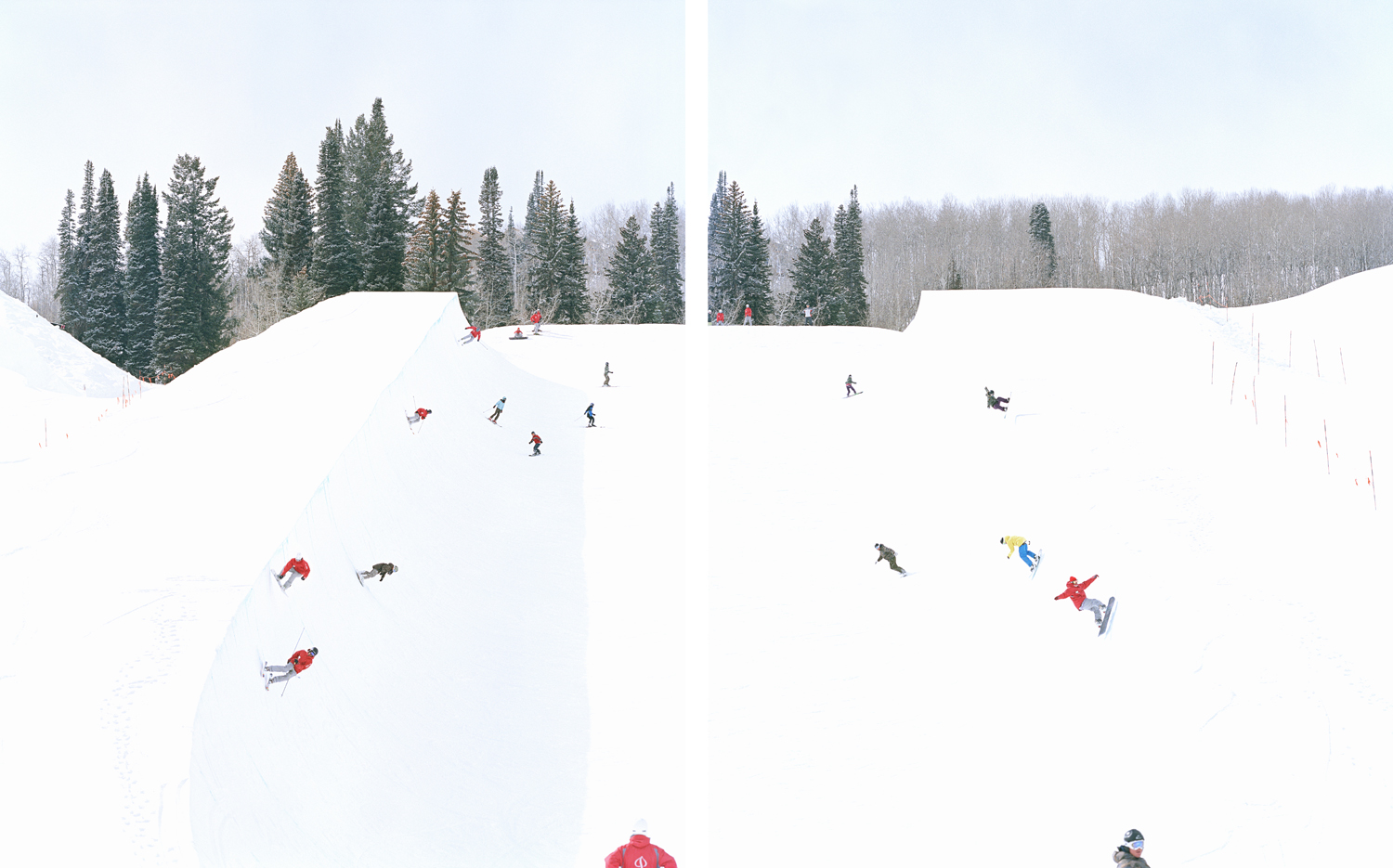




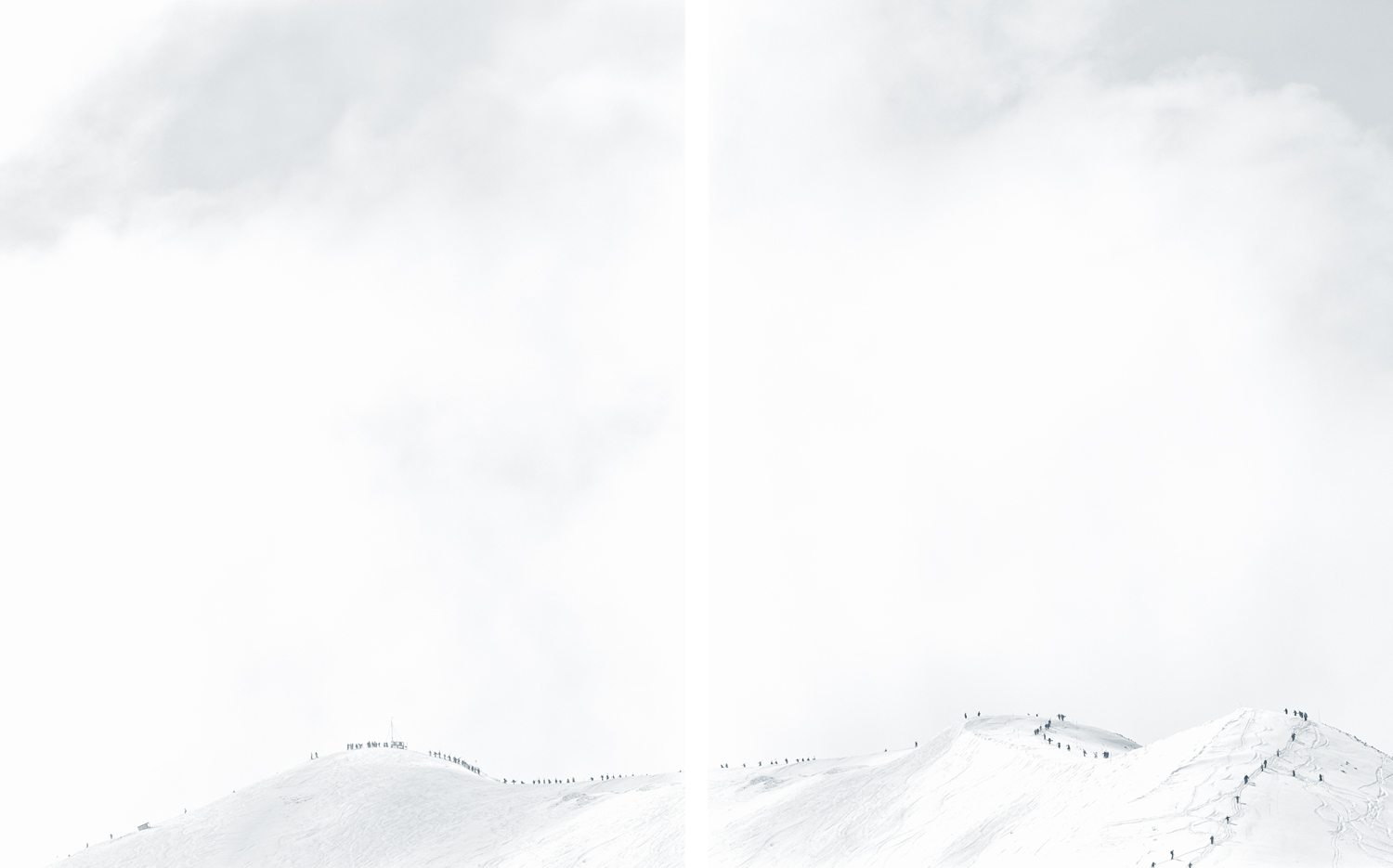
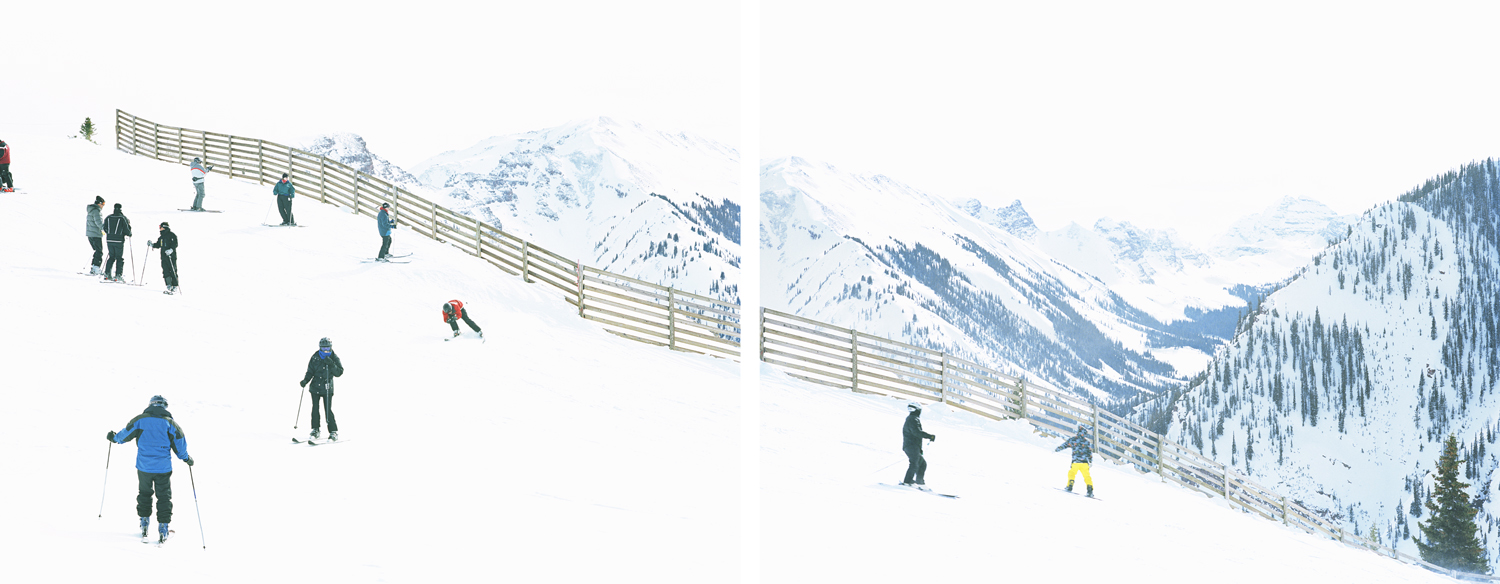
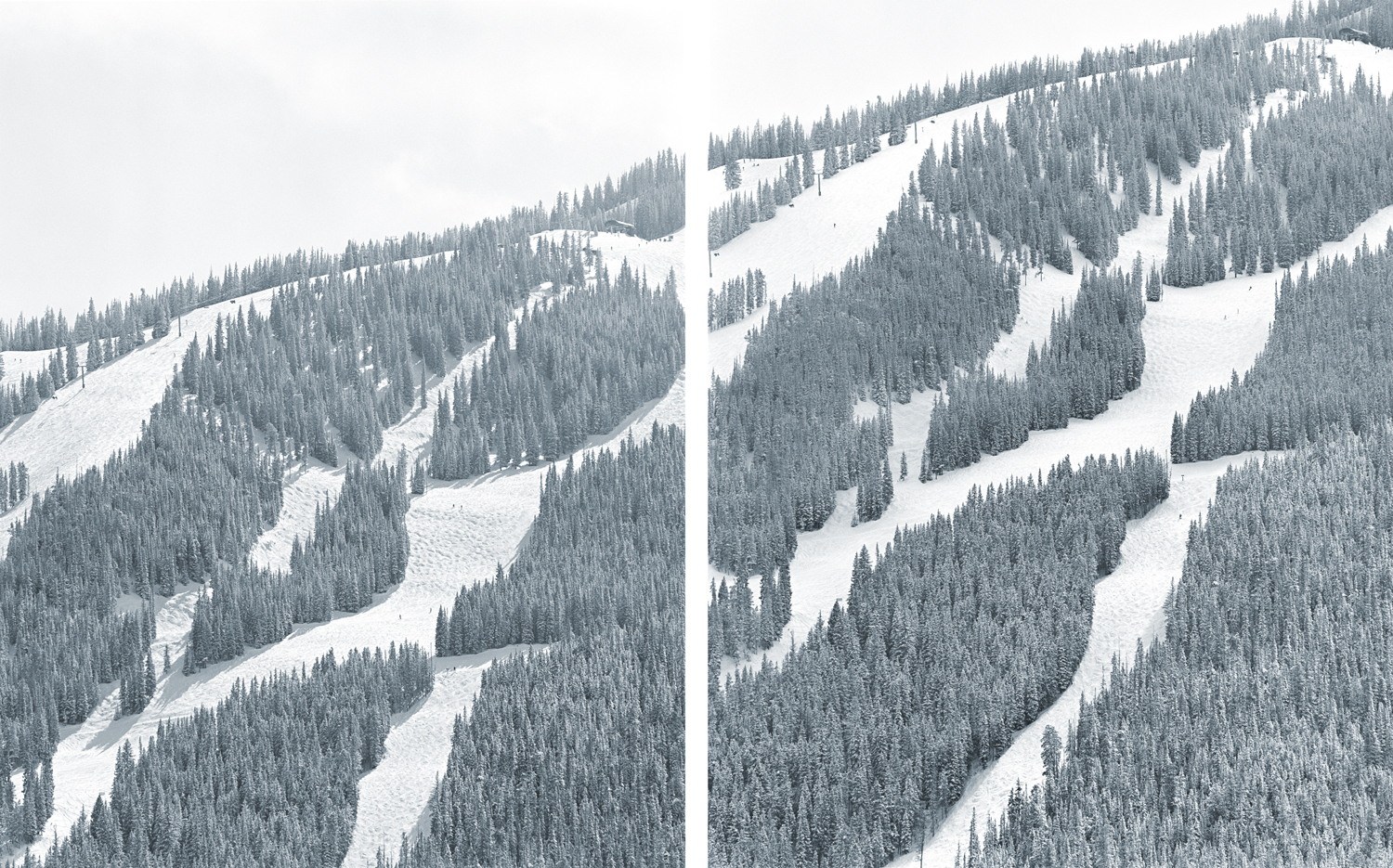
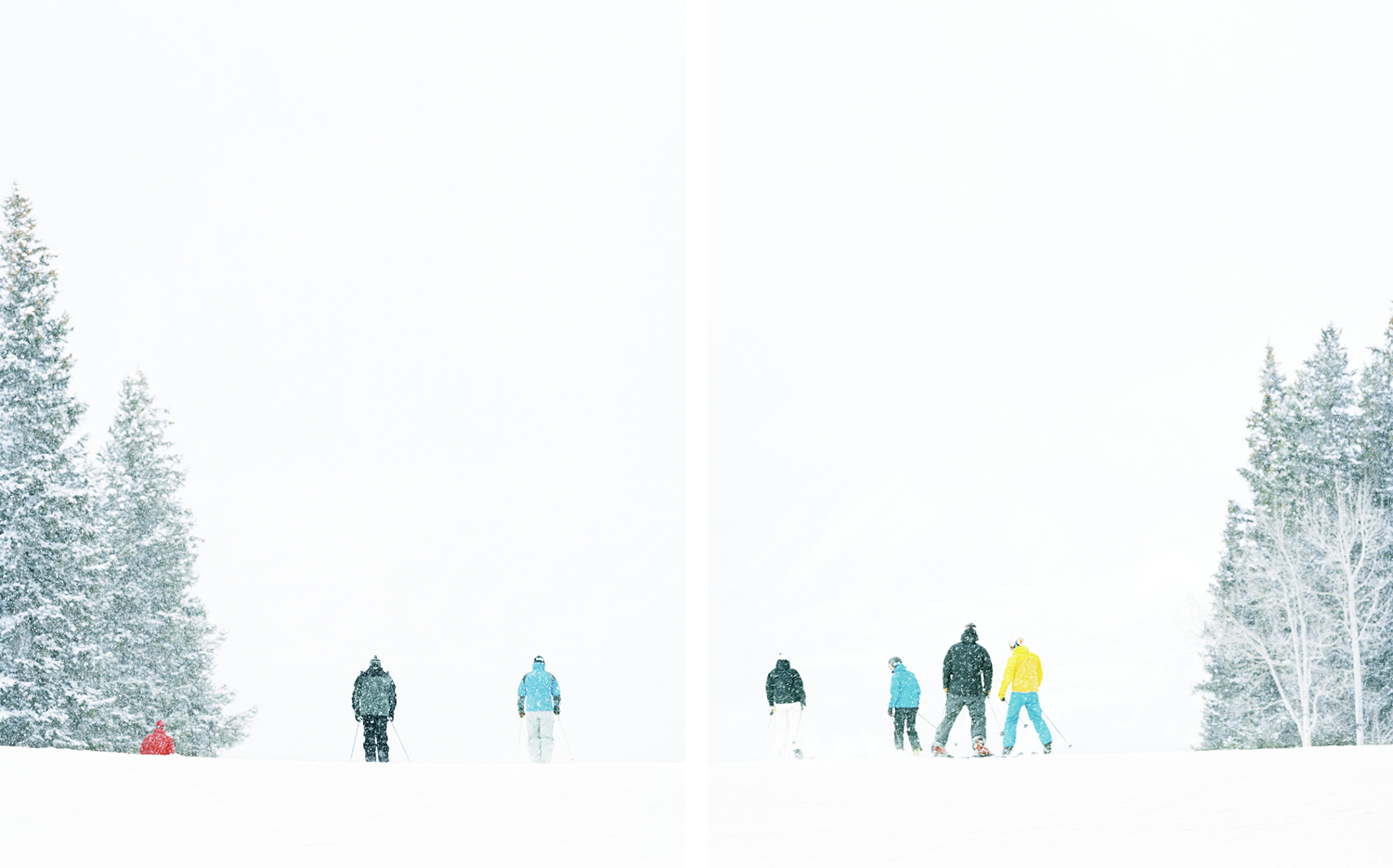
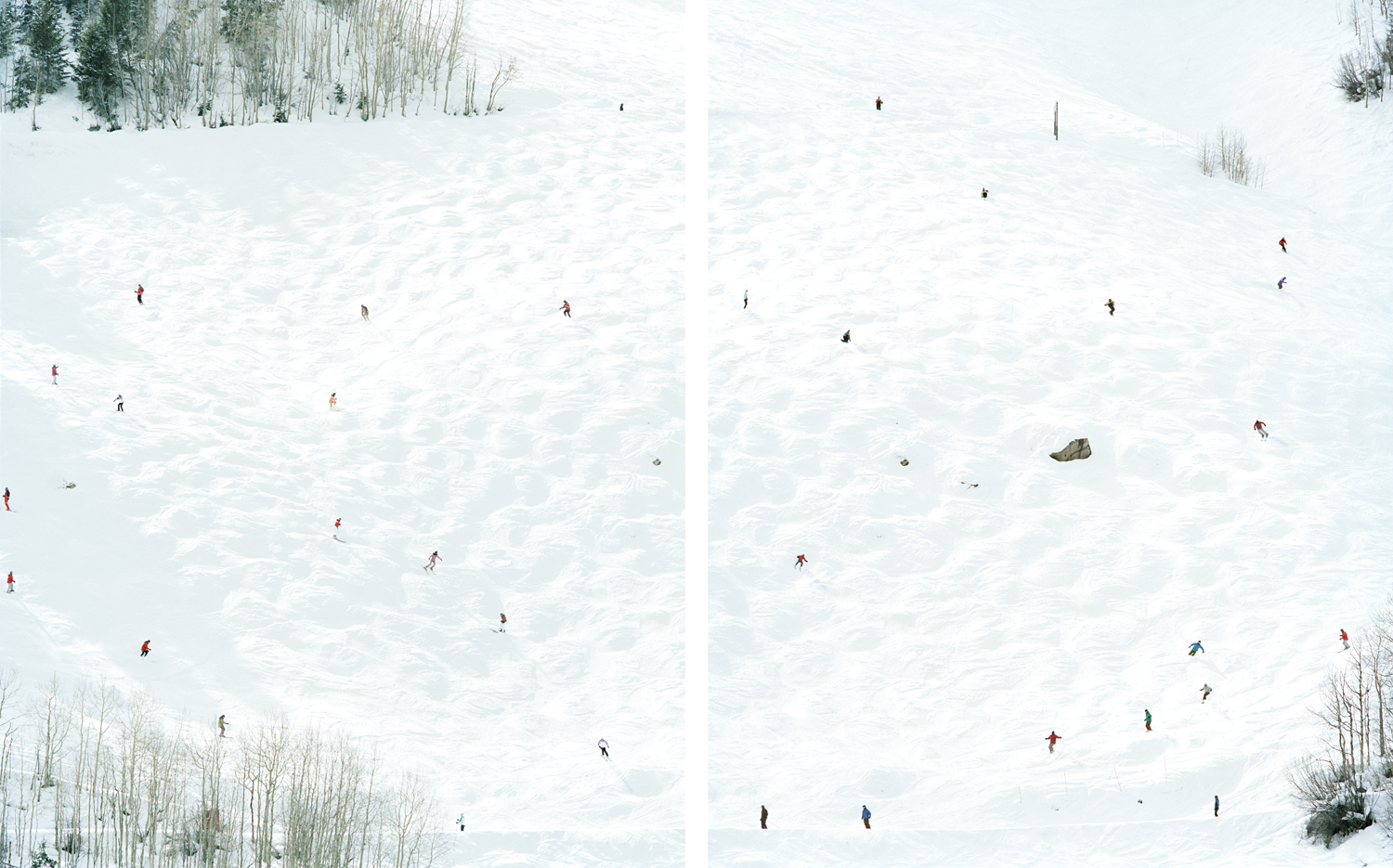
More Must-Reads from TIME
- Donald Trump Is TIME's 2024 Person of the Year
- TIME’s Top 10 Photos of 2024
- Why Gen Z Is Drinking Less
- The Best Movies About Cooking
- Why Is Anxiety Worse at Night?
- A Head-to-Toe Guide to Treating Dry Skin
- Why Street Cats Are Taking Over Urban Neighborhoods
- Column: Jimmy Carter’s Global Legacy Was Moral Clarity
Write to Lily Rothman at lily.rothman@time.com